10 Best Concept Cars From 1960s & 1970s… What They Showed Us and What We Got Instead
In the ever-evolving world of automobiles, concept cars have always captured our imaginations. These tantalizing creations, often showcased by manufacturers, offer a glimpse into the future of automotive design and technology. While many concept cars never make it to production, their influence can be seen in the vehicles we drive today. Join us as we embark on a journey through time and explore the 10 best concept cars from the 1960s and 1970s, examining what they revealed and the realities that replaced them.
Chevrolet XP-882 Aero Vet: A Mid-Engine Marvel
Mid-Engine Dreams Turned Production Realities
Chevrolet’s mid-engine concept cars of the 1960s and 1970s left enthusiasts in awe. Among them, the XP-882 Aero Vet stole the show at the 1970 New York Auto Show. Boasting breathtaking aesthetics and forward-thinking design, this concept car projected styling features that would later grace production Corvettes. Elements like slotted wheels and a Fastback roof design found their way into the hearts of Corvette enthusiasts. Though the XP-882 Aero Vet never made it to production, it paved the way for the mid-engine Corvette, which became a reality in 2020, half a century later.
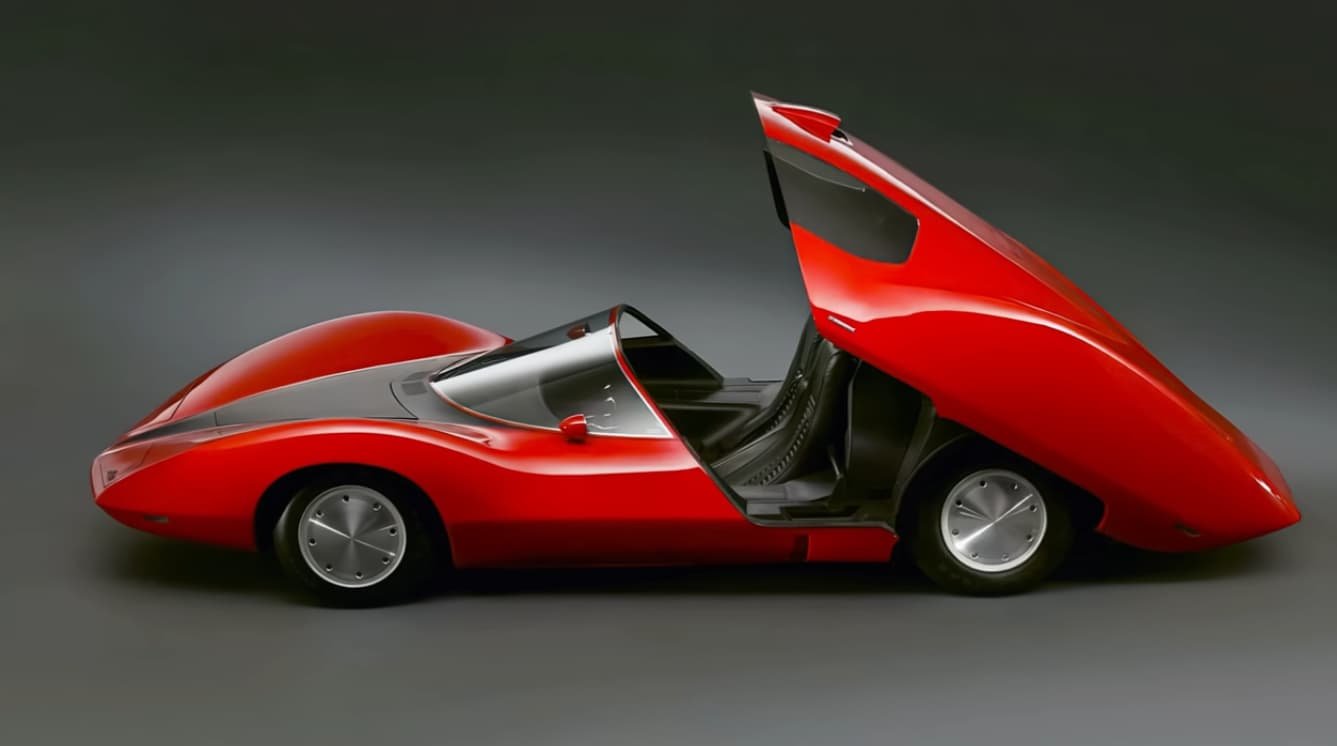
Mercury Cougar Elgato: Unleashing Feline Grace
A Concept Cat That Prowled in Lime Mist
In 1970, Mercury introduced the Cougar Elgato, a concept car derived from the Ford Mustang platform. This sleek beauty donned a lime Moon mist color, featuring a raked-back windscreen and a chopped-down front profile. While the production version of the Cougar took a different path, the Elgato hinted at the possibilities for the brand. Ultimately, the first generation of the Cougar ended in 1970, making way for a bulkier, less sporting iteration that shared similarities with the updated Mustang.
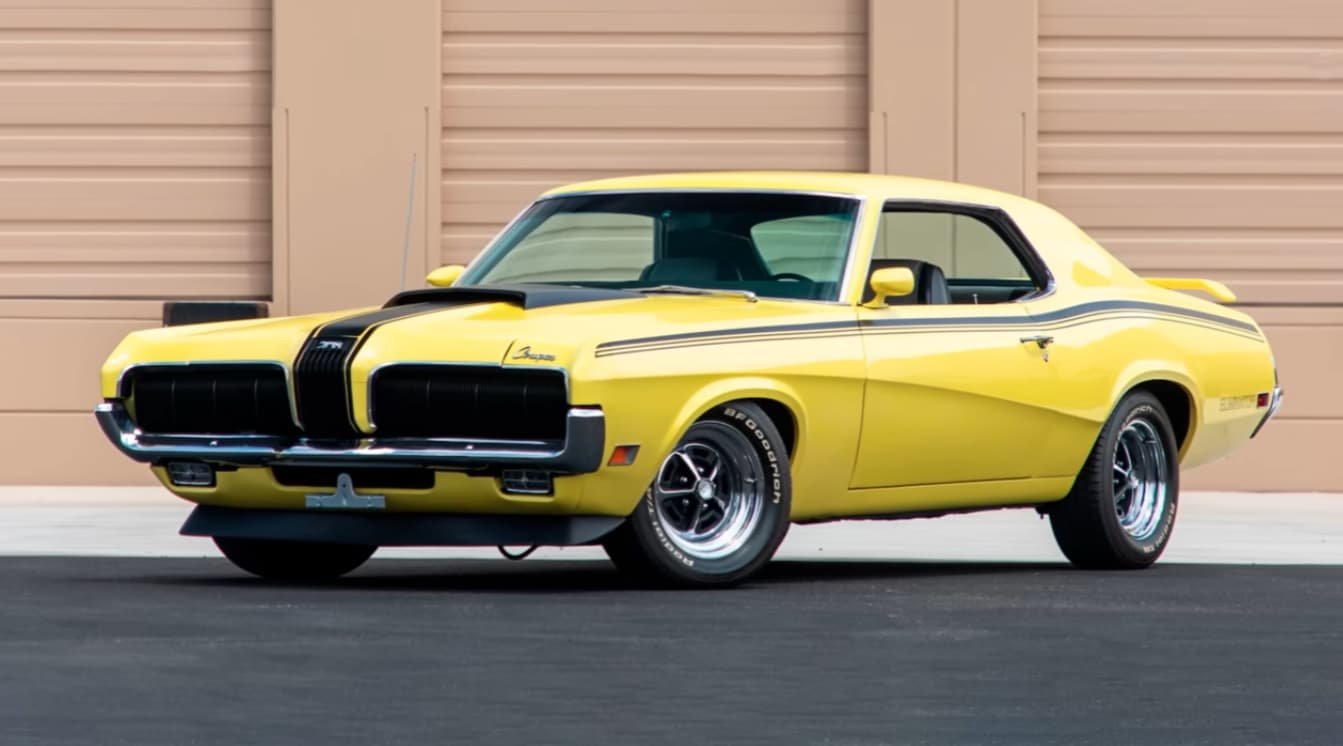
Chevrolet Monza SS: Where Style Meets Function
Corvair’s Legacy and the Birth of C3 Corvette
The Chevrolet Monza SS, a functioning prototype based on the first-generation Corvair, showcased a swoopy, curvy shape honed through wind tunnel testing. This driver’s dream featured a forward-hinging canopy for passenger access and a rear section that elegantly hinged rearward for engine access. Powered by a 102 horsepower flat 6-cylinder air-cooled engine, the Monza SS proved it was more than just a showpiece. While the Corvair-based dream didn’t come to fruition, the styling cues of the Monza can be spotted in the beloved second-generation C3 Corvette.
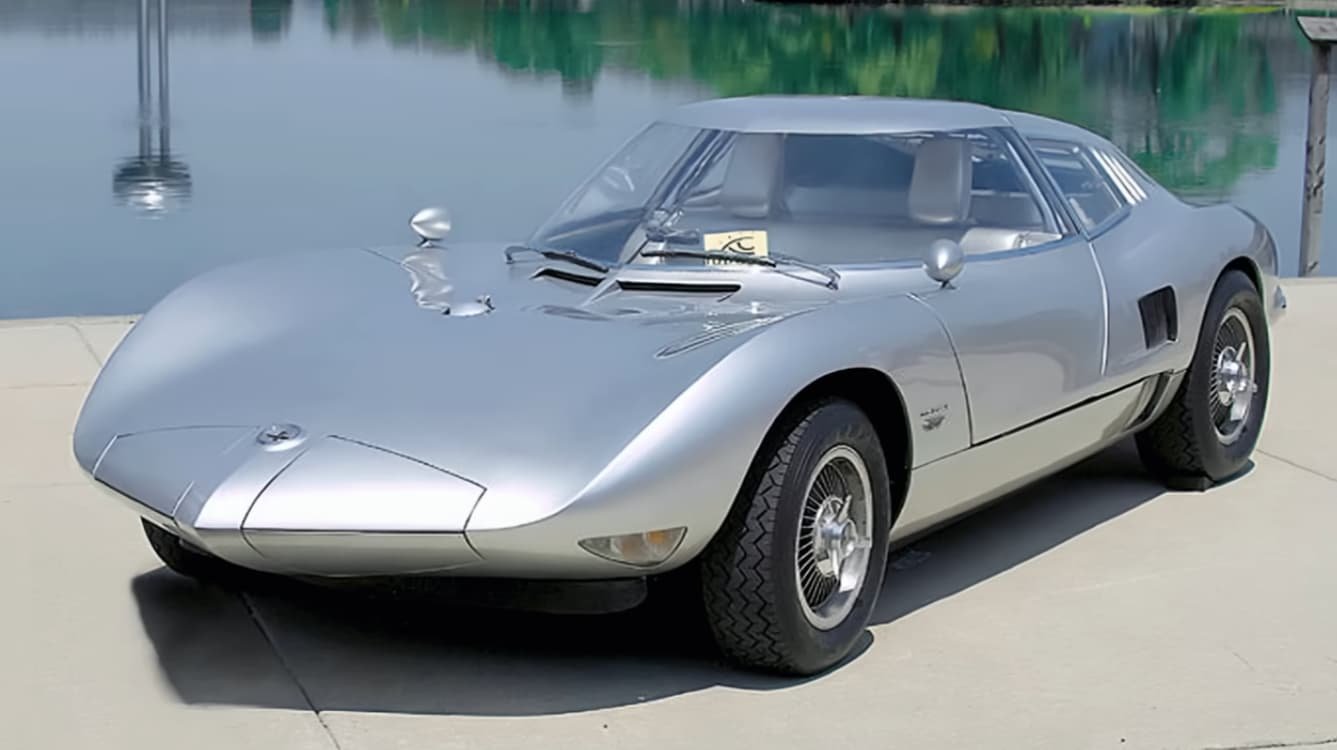
Ford Mustang 1: Galloping Towards Greatness
The Birth of a Legend
In 1962, Ford unveiled the Mustang 1, a fully functioning open-top concept car aimed at challenging the Corvette and European sports cars. Powered by an 89 horsepower V4 engine, the Mustang 1 was a sleek and racy contender that introduced the world to the iconic name. Although Ford never intended to produce it, the Mustang 1 laid the foundation for the legendary pony car that would captivate enthusiasts for generations.
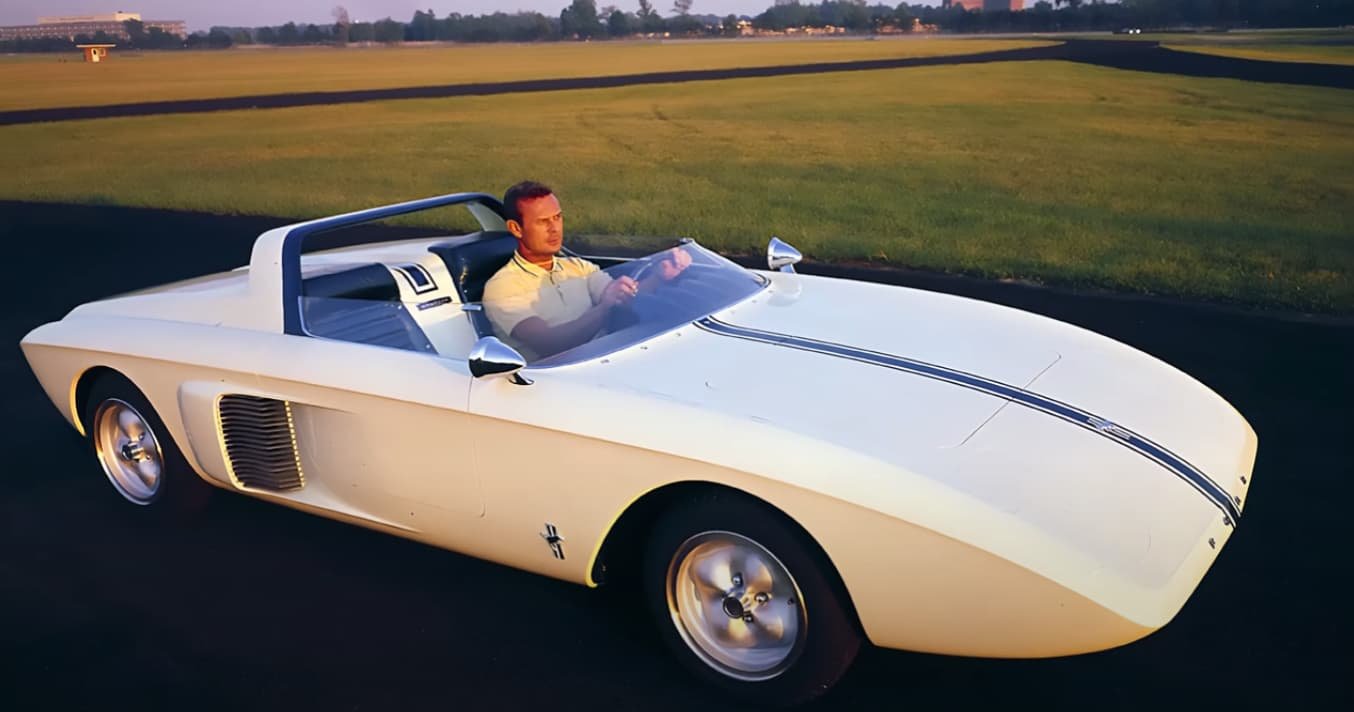
AMC AMX3: A Mid-Engine Marvel, Unrealized
The Ill-Fated Challenger to the Pantera
During the late 1960s, AMC sought to expand its success in the pony car market by venturing into the realm of sports cars. The result was the AMC AMX3, a mid-engine masterpiece penned by designer Dick Teague. Powered by AMC’s powerful engines, the AMX3 had the potential to challenge the De Tomaso Pantera. However, cost analysis revealed a price tag that would make it uncompetitive. As a result, the AMX3 remained a dream, and AMC shifted focus to the gremlin Hornet and restyled Matador.
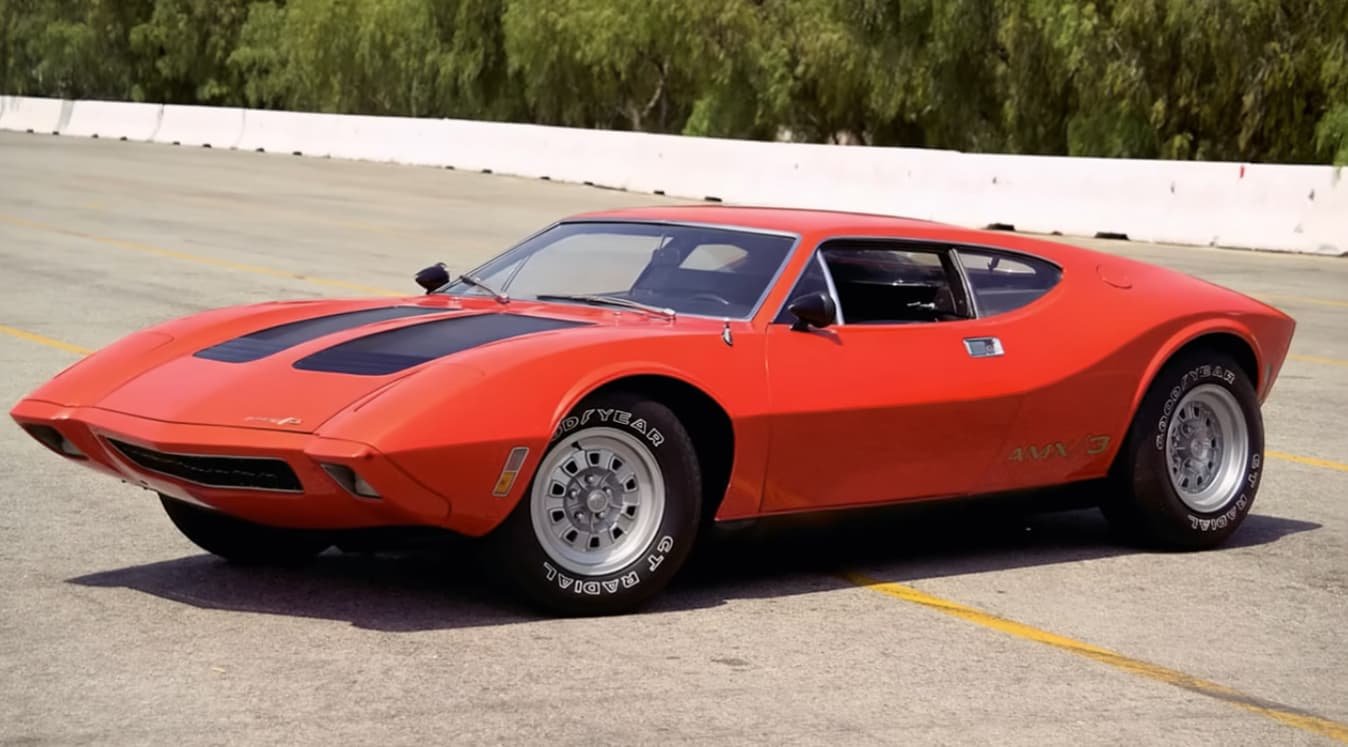
Ford Mustang Milano: Italian Flair on American Soil
A Vision of the Mustang’s Future
With the Mustang Milano, Ford embraced Italian-inspired design and showcased elements that would influence the 1971-73 Mustang redesign. The sleek profile, long front end, and sharply raked Fastback hinted at the direction Ford planned to take its iconic pony car. Although the Milano never saw production, its design cues left a lasting impact on subsequent Mustang models.

Pontiac Banshee: The Challenger That Never Roared
A Potential Corvette Rival Shelved
In 1964, Pontiac unveiled the sensuously styled XP-833 Banshee concept car to compete with the newly released Mustang. However, concerns arose within General Motors, fearing the Banshee’s performance would overshadow the Corvette. The program was abruptly canceled, and instead, Pontiac enthusiasts witnessed the incorporation of Banshee-inspired taillights on the Firebird. Moreover, the Banshee’s design lineage can be traced in the second-generation C3 Corvette and the Pontiac’s own 1968 Opel GT.
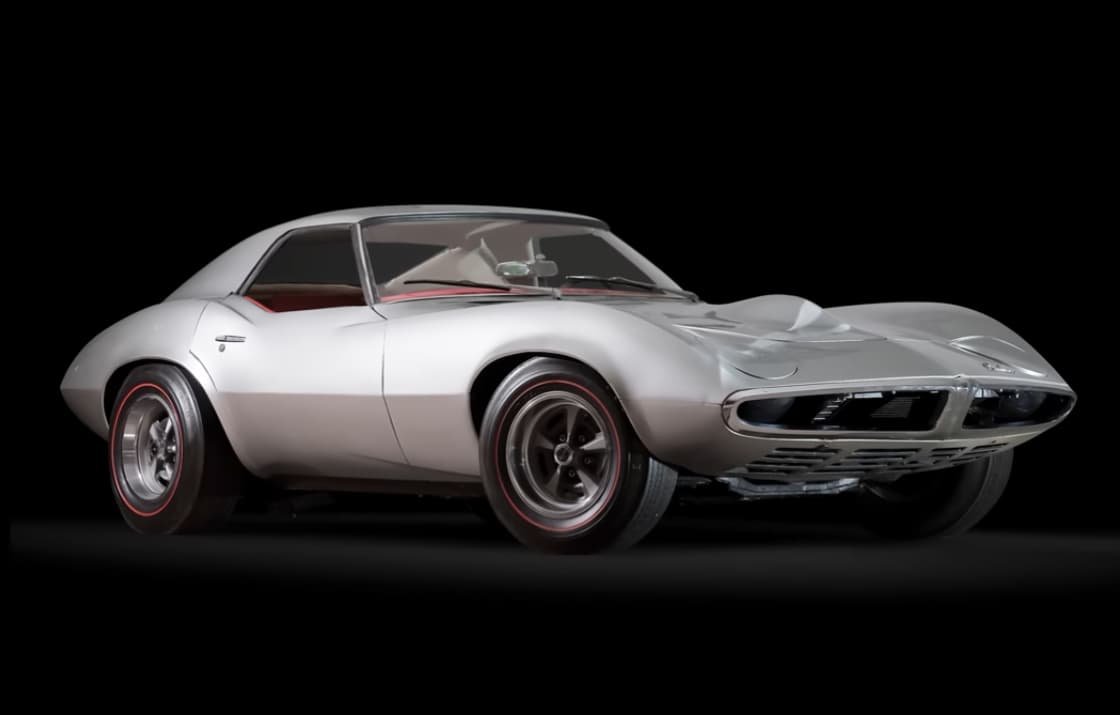
Plymouth Rapid Transit: Hot Wheels Come to Life
Showstoppers on a Promotional Journey
In 1970, Plymouth unleashed the Rapid Transit marketing campaign, presenting three wild concept models based on the Cuda, Duster, and Roadrunner. These eye-catching creations traveled across the country, captivating audiences with their audacious designs. Though these concept cars never made it to production, they played a crucial role in fueling excitement and boosting brand recognition. Plymouth enthusiasts eventually received updated versions of these iconic models, even if they lacked the radical aesthetics of the Rapid Transit concepts.
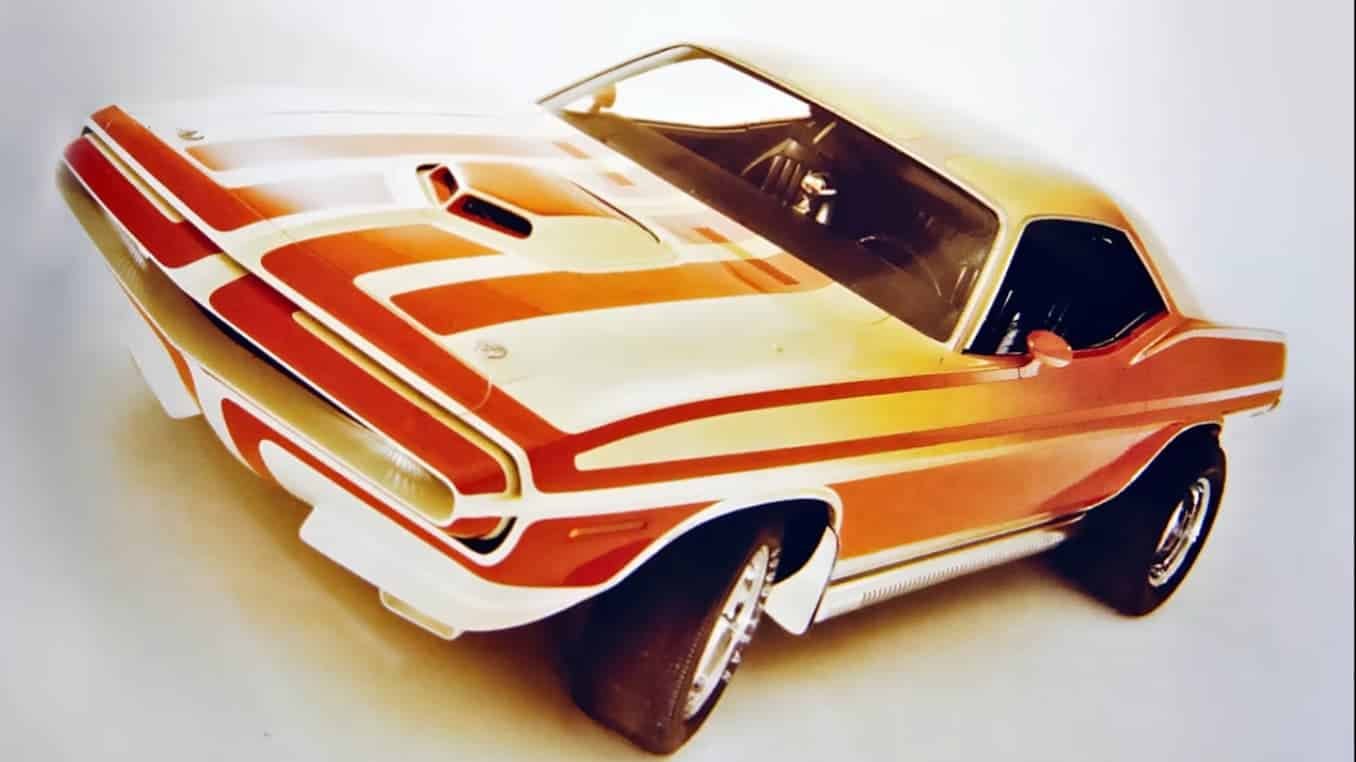
Ford King Cobra: A Roaring Promise Left Unfulfilled
A NASCAR Homologation Prototype Grounded
The 1974 King Cobra, born from the Torino platform, aimed to dominate NASCAR racing. As a homologation prototype, it intended to compete with the iconic Dodge Daytona and Plymouth Superbird. With its aggressive appearance and potent engine options, the King Cobra had the potential to be a fierce contender. However, the excessive front downforce and lack of rear downforce without a spoiler posed handling challenges. In light of impending NASCAR regulations and the need for a rear wing, Ford halted the program, leaving fans with a handful of unfulfilled prototypes and an era of lackluster Torinos.

Chevrolet Camaro ZL1: A Legendary Legacy Reborn
The Long Road to Resurrection
In the 1960s and 1970s, Chevrolet toyed with the idea of a ZL1 Camaro, featuring an all-aluminum 427 cubic inch engine. However, the astronomical cost prevented its production. Despite the setback, Chevrolet never forgot the power of the ZL1. In 2012, a staggering 43 years later, the Camaro received a reincarnation worthy of its legacy—an all-aluminum 6.2-liter supercharged V8 beast capable of propelling the Camaro from 0 to 60 mph in a mere 3.8 seconds. Finally, the ZL1 Camaro found its place on the streets, albeit with a significant time gap.
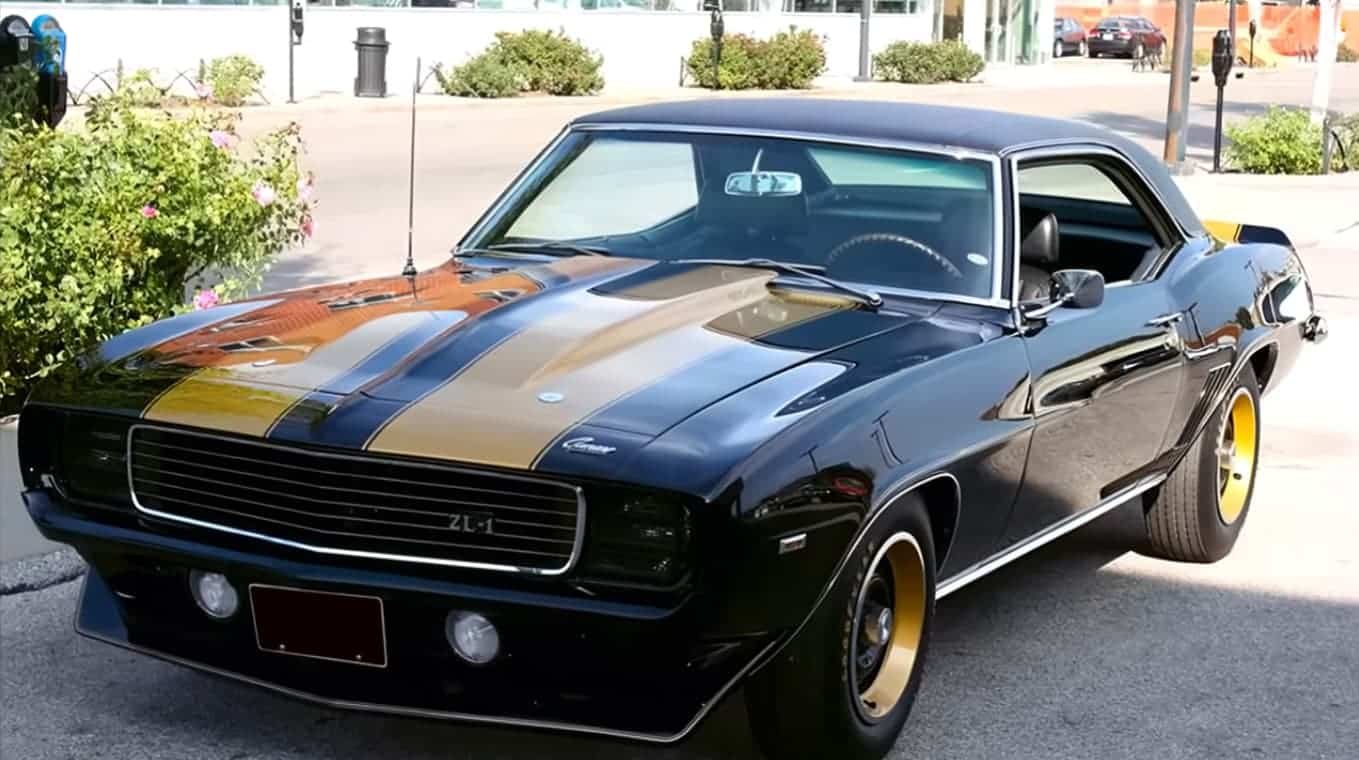
Conclusion:
As we bid farewell to these mesmerizing concept cars from the 1960s and 1970s, we recognize the impact they had on automotive design and our collective imagination. While many of these beauties never reached production, their influence can be seen in the subsequent models that hit the streets. These concept cars pushed boundaries, teased possibilities, and showcased the innovative spirit of the auto industry. Though their paths diverged from the ones we envisioned, their legacy lives on in the cars we drive today.
FAQs:
- Q: Were any of these concept cars ever produced for the public?
- A: Unfortunately, none of the concept cars featured in this article were mass-produced for the public. However, some of their design cues and features found their way into subsequent production models.
- Q: What happened to the concept cars that never went into production?
- A: Concept cars that didn’t make it to production are often preserved in automotive museums, private collections, or dismantled by the manufacturers themselves. They serve as reminders of the creative possibilities explored by automakers.
- Q: Did any of these concept cars influence future automotive trends?
- A: Absolutely! Even though these concept cars didn’t reach production, their designs and features often inspired future models. Elements from these concept cars can be seen in various production vehicles, showcasing the impact they had on automotive styling.
- Q: Are there any modern concept cars that carry the spirit of these classics?
- A: Yes, the automotive industry continues to produce concept cars that push boundaries and captivate enthusiasts. These modern concepts often incorporate advanced technologies, futuristic designs, and sustainable solutions.
- Q: How can I experience these concept cars today?
- A: Some concept cars may be displayed in automotive museums or showcased at special events. Online resources and automotive publications also provide glimpses into the world of concept cars. Additionally, attending auto shows and exhibitions can offer opportunities to see concept cars up close.




